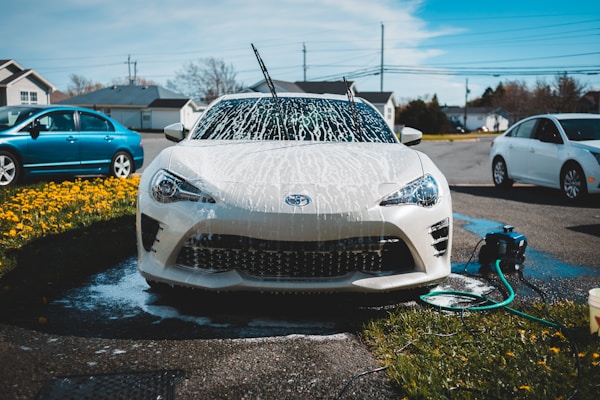If you’re not going to be driving your vehicle for an extended period, there are a few key things you will need to do to prepare it for long-term storage. You’ll want to ensure your car is safe and protected from damage and harmful elements. Keep reading to learn what you should do before storing your car in a storage unit.
Select a dry car storage space.

If you’re not going to use your vehicle for an extended period, it’s important to take the necessary precautions to store it properly. One of the most important steps is ensuring the car is completely dry. Moisture can cause a number of problems in a vehicle, including rust, corrosion, and electrical issues. A storage facility is the best place to store a vehicle for a long-term period. Vehicle storage units offer both indoor and outdoor spaces that can usually handle everything from sports cars and RVs to boats. An indoor unit could offer climate control and other amenities similar to your garage. Outdoor storage spaces usually offer a covered area where the vehicle can be parked safely out of the elements. A vehicle storage unit will help keep your car safe and protected as long as you need.
Clean the interior and exterior.

When preparing a vehicle for long-term storage, you must clean the interior and exterior of the vehicle to prevent any corrosion or damage from occurring. The first step is to clean the interior of the vehicle. Start by removing all of the contents of the car, including floor mats, center console, and any other removable items. Next, use a vacuum cleaner to remove all of the dirt and debris from the seats, carpets, and floorboards. If there is any pet hair or stains on the seats or carpets, use a carpet cleaner or pet hair remover to remove them. Once the interior is clean, move on to cleaning the exterior of the vehicle.
Start by wiping down all of the surfaces with a damp cloth to remove any dust or dirt. Next, you’ll want to wash the vehicle with a quality car wash soap that will remove the dirt, pollen, and other substances from the surface of the vehicle. This is an important step because anything that is left behind during storage could damage the paint finish of your vehicle. For added protection, you might consider applying a coat of wax after you have washed and dried the vehicle.
Fill up the tank.

While you might not feel like filling up the gas tank is necessary since you won’t be driving the car, it is a critical step in storing your car. This is an important step in preparing a vehicle for long-term storage, as it will help to preserve the gas tank, fuel lines, and other components. An empty or low gas tank will lead to internal rust as condensation and moisture can buildup within the tank.
Disconnect the battery.
If you plan on storing a vehicle for an extended period, it’s recommended that you disconnect the negative terminal from your car battery. This prevents unnecessary battery drain and strain. As a fully charged battery can hold its charge for 6-12 months, disconnecting the negative terminal will help ensure that you will be able to start your car when you return to it. Alternatively, you can use a battery disconnect switch (also known as a kill switch) which attaches to the negative terminal to cut the electrical connection. The battery disconnect switch makes an excellent anti-theft device for other times too. And finally, if you plan to leave your battery unused for a long time, you may want to attach it to a battery tender to help maintain its charge. This ensures that it can be up and running when you need it again.
From cleaning your vehicle and filling the gas tank to finding a good storage facility, there are a few key things you will need to do in order to prepare a vehicle for long-term storage. By following these tips, you can ensure that your vehicle is safe and secure while you aren’t using it.





